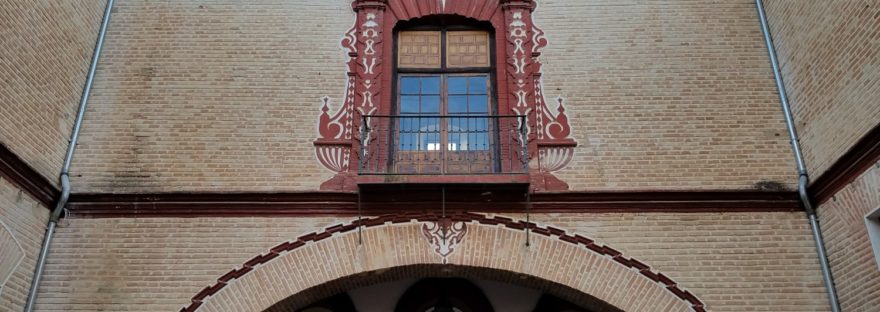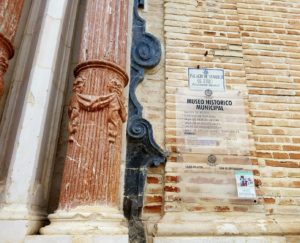 The Palace of the Marquises of Benamejí, also known as the Palace of the Count of Valverde, is presently the home of the Municipal Historical Museum of Ecija , Province of Seville, Spain. It has one of the most valuable historical and archaeological exhibits of the heritage of Andalusia, including Prehistoric objects, the legacy of Rome and the Middle Ages. Also on display in the old stables are carriages, harnesses all related to the world of horses and horsemanship.
The Palace of the Marquises of Benamejí, also known as the Palace of the Count of Valverde, is presently the home of the Municipal Historical Museum of Ecija , Province of Seville, Spain. It has one of the most valuable historical and archaeological exhibits of the heritage of Andalusia, including Prehistoric objects, the legacy of Rome and the Middle Ages. Also on display in the old stables are carriages, harnesses all related to the world of horses and horsemanship.
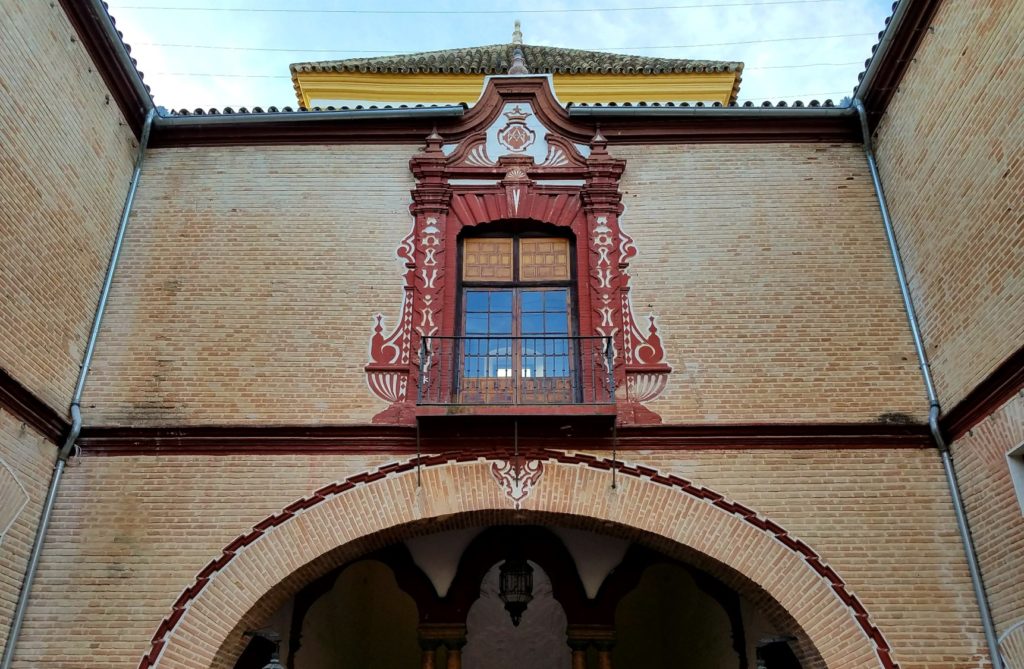
As for its history we find that the palace was built upon the union of Don Fadrique Inigo de Bernuy, lord of the village of Benamejí and the daughter of the Marquises of Peñaflor. This occured in the early eighteenth century . At one point, the palace was occupied and transformed into barracks during the Napoleonic invasion. It later became property of the Valverde family. In 1874, the Count of Valverde, last remaning family member to live on the property, passed away. Much later, the City of Écija acquires the property and converts it into the museum. In the year 2000 the palace was declared a National Monument.
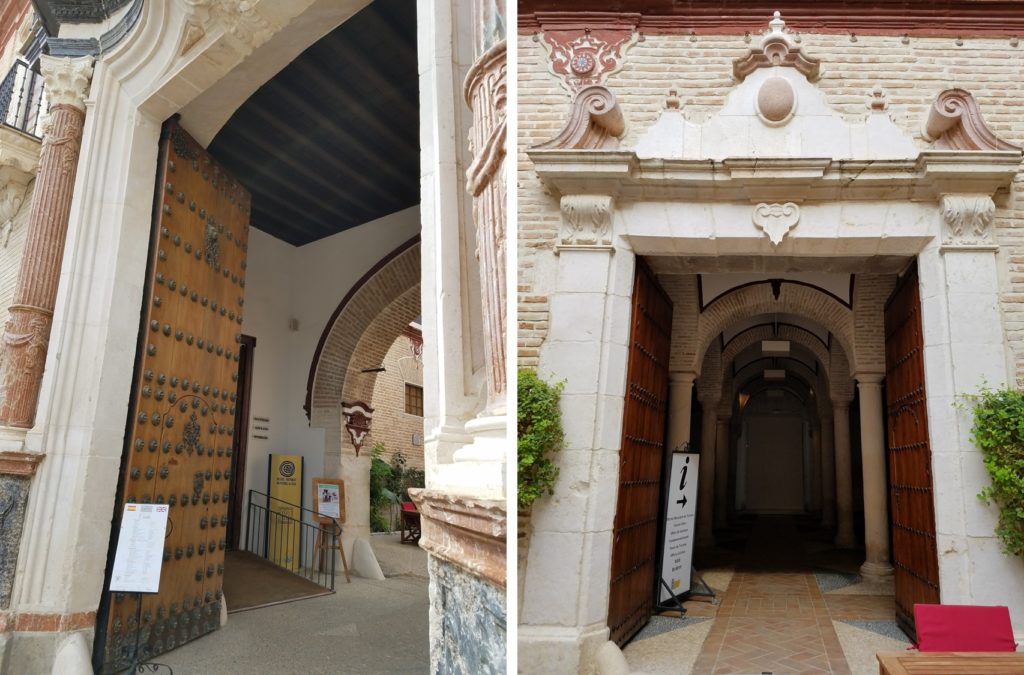
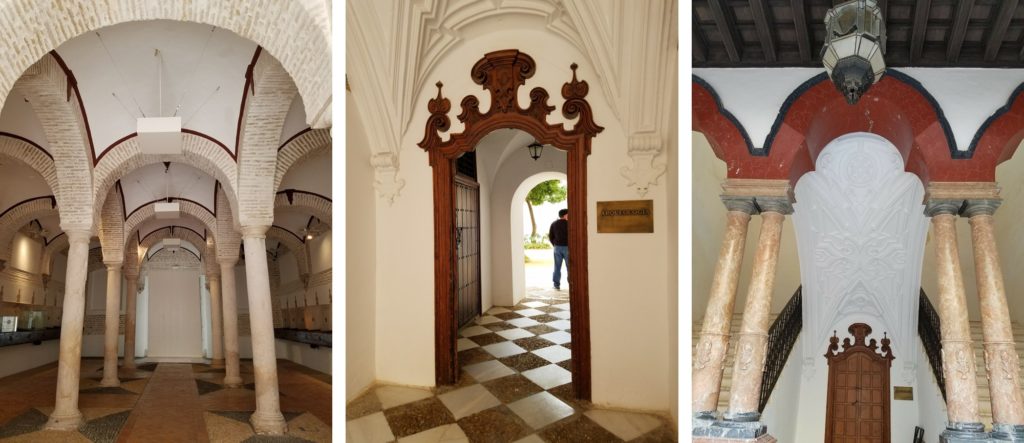
The Benamejí Palace, is a beautiful example of Baroque architecture of the XVIII century. It was designed by architect Pablo Gutiérrez , of two floors, has a horizontal façade made of brick, stone balconies decorated the upper body and two lookout towers at the extremes. In the upper body, it focuses and raises a vain * which is richly decorated.
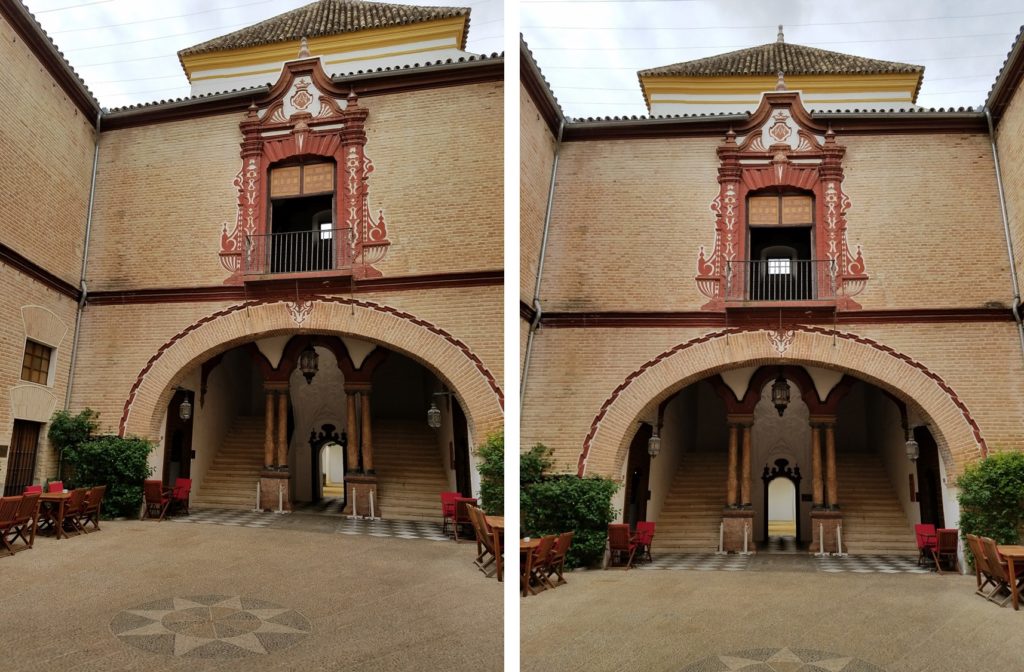
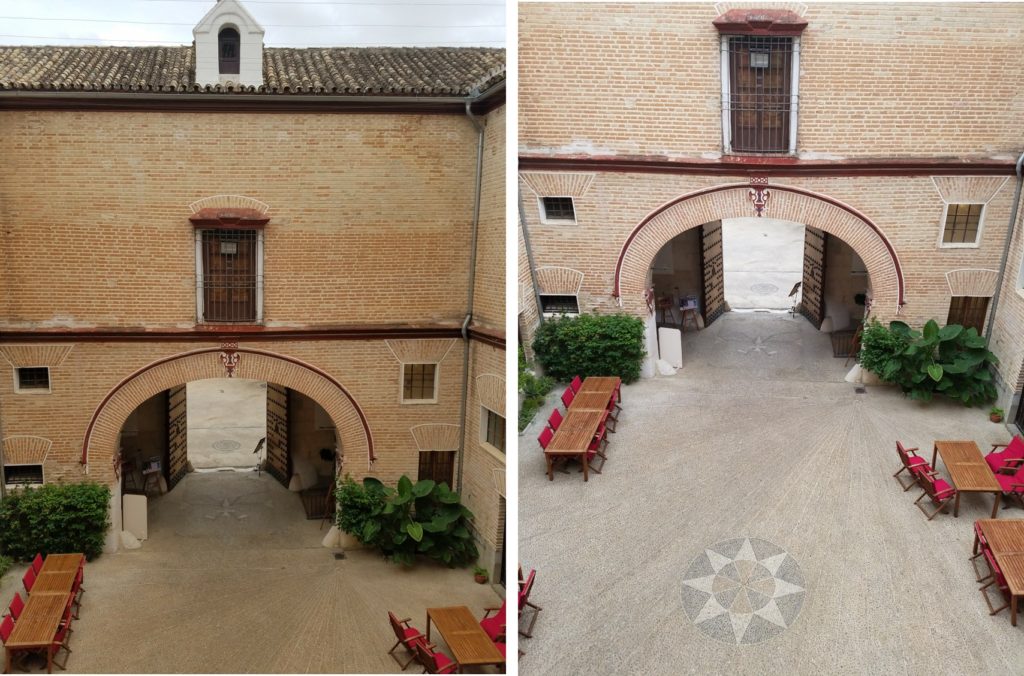
The main staircase is really beautiful, aligned with the central axis of the inlet under a wide arc. It is a double shot staircase that starts from a “portico” of three bays * supported in the center of red colored columns. Its interior is covered with a hemispherical dome with decorative plasterwork .
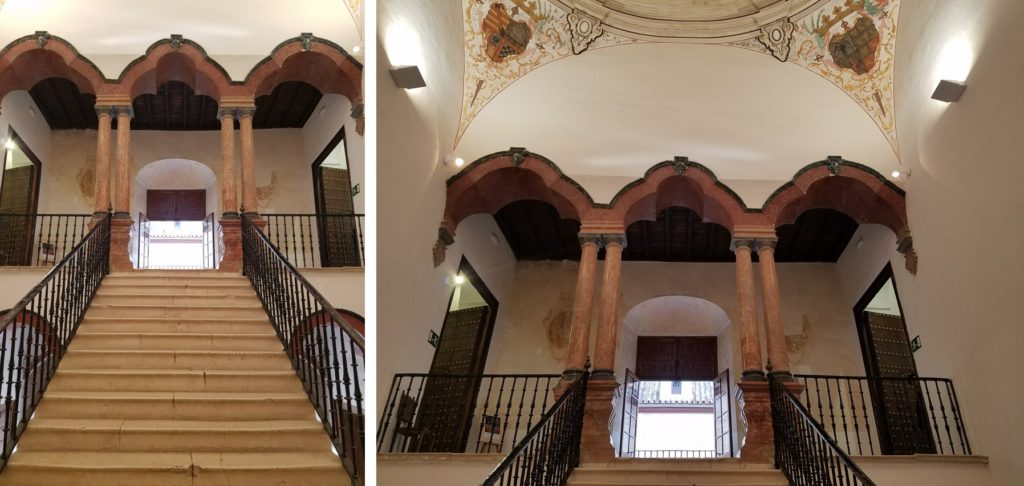
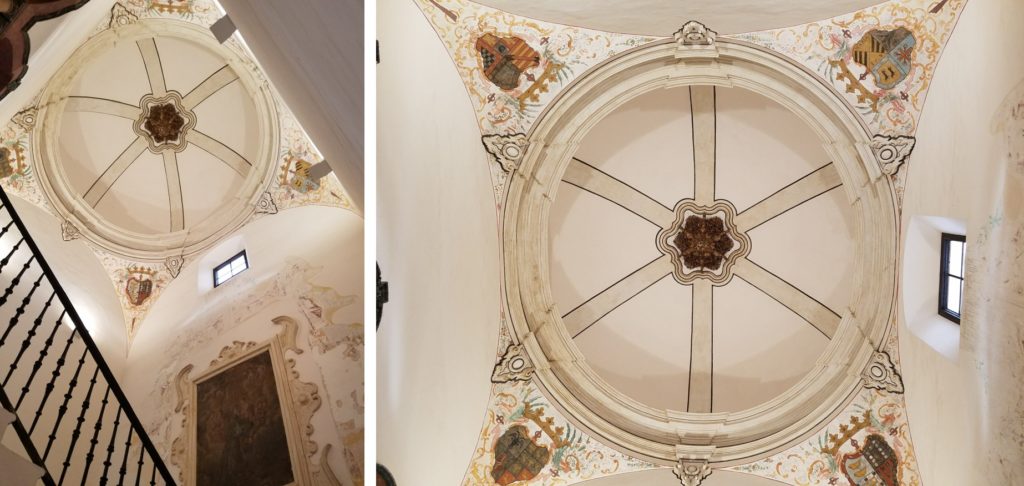
The main courtyard of the Palace of the Marquises of Benamejí, now Municipal Historical Museum Écija , province of Sevilla, Spain, consists of a double gallery of arches on marble columns. We found in its center a marble fountain also following the Baroque lines. On the lower level consist of midpoint arches and on the upper floor the arches are similar, but smaller . Decorative and structural elements of cornices and moldings are highlighted with color, accentuating the structural composition.
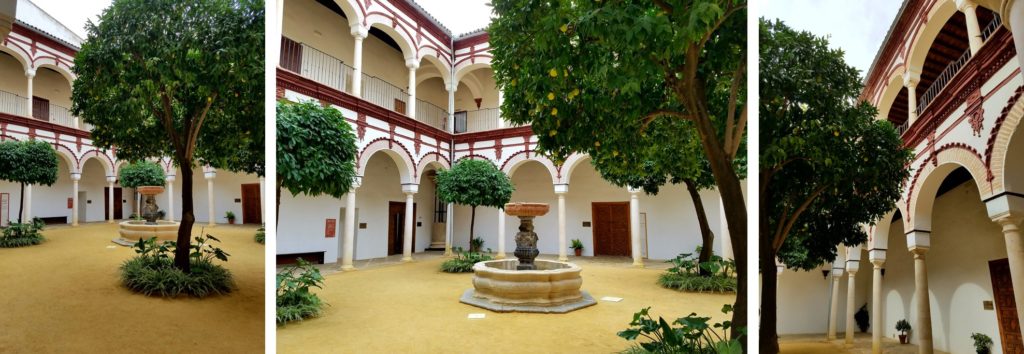
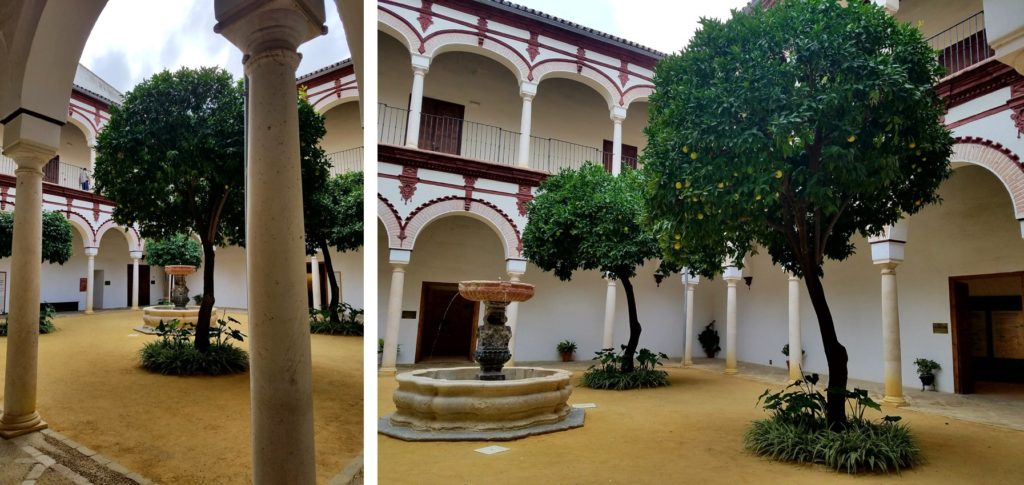
The Museum has nine rooms for its archeology exhibit comprised of an interesting collection of Roman pieces excavated from the Plaza of Spain. One of the pieces most striking is the “Wounded Amazon”, one of the classical sculptures best preserved of the world. 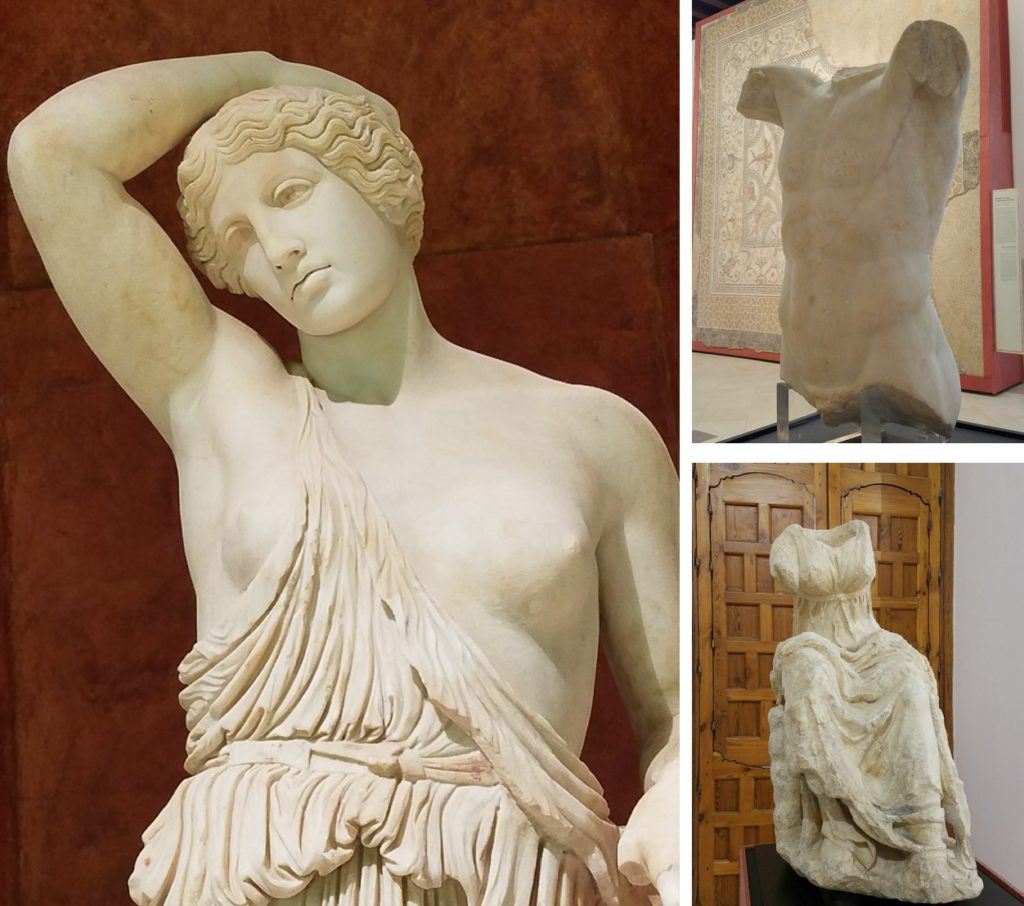
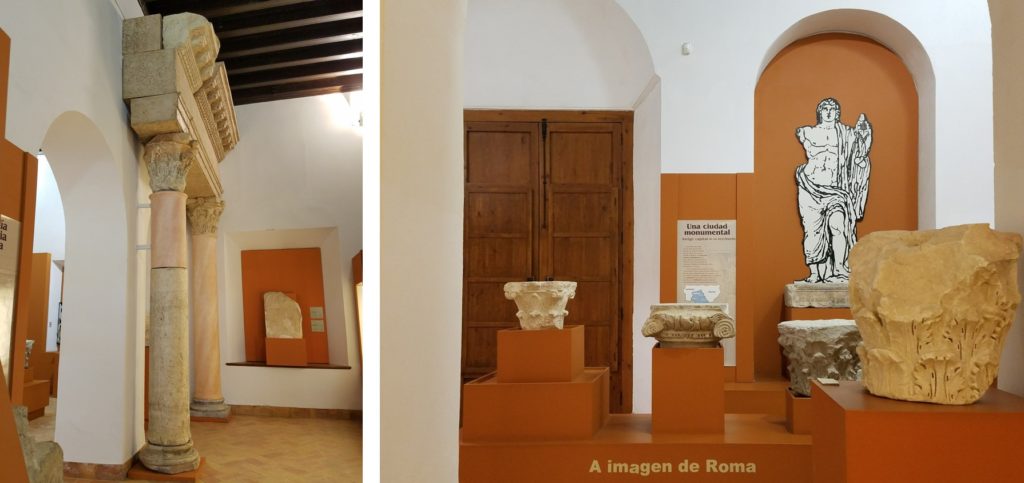

In addition, one can find the Great Hall of Mosaics, which exhibits six of the Roman mosaics found in urban excavations. The set of mosaics of Écija is one of the most important in Western Roman , due to its quality, variety and size.
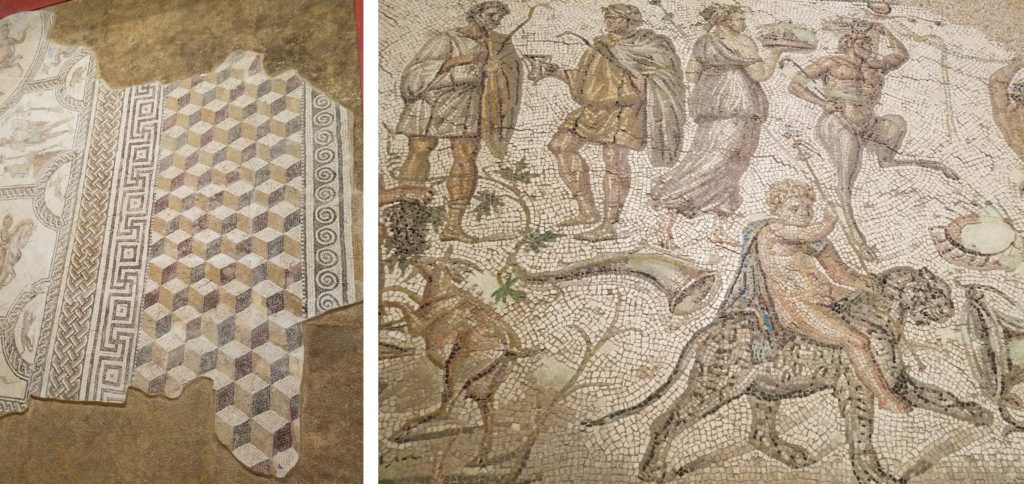
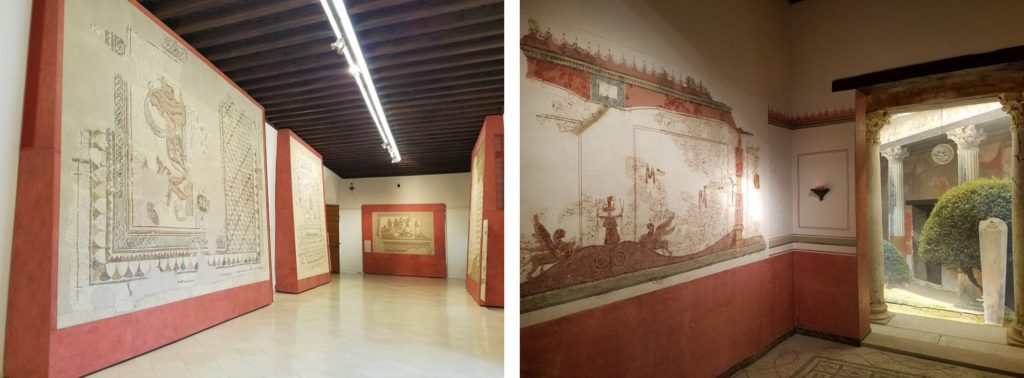
The museum has a restaurant called The Nymphs where one can enjoy a rich cuisine. The restaurant much in tune with the Museum contains very beautiful sculptural pieces, to appreciate with a wine glass in hand. We assure you that one receives excellent service.

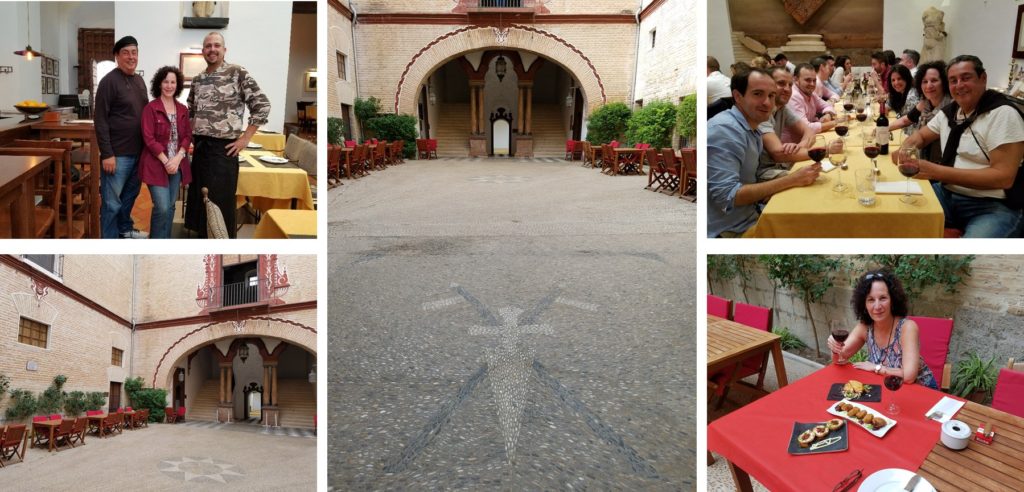
It also has an art gallery type room where modern works of local artists. And if you want a souvenir, it has its small store.
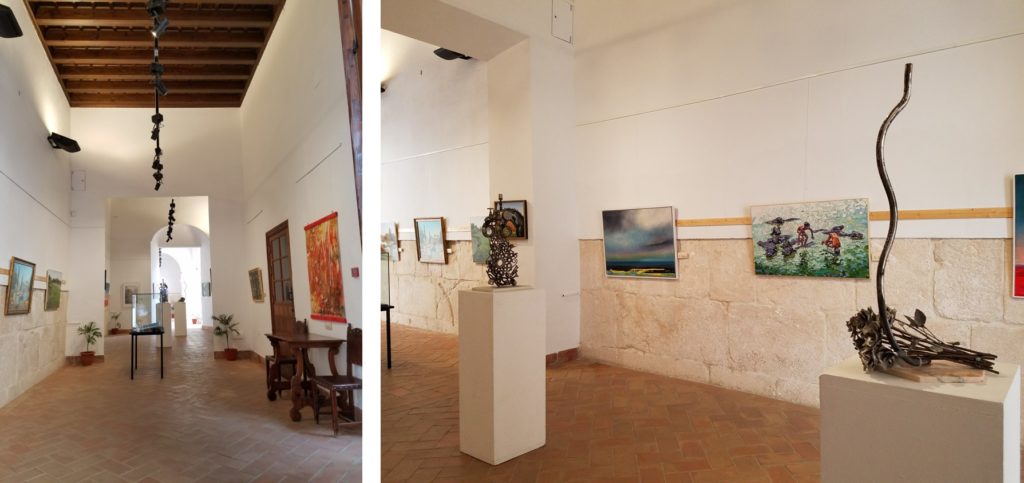
*Vano – hollow spaces (doors and windows) of a building. The basic goal is to leave an open hole in a wall to pass the air or light.

